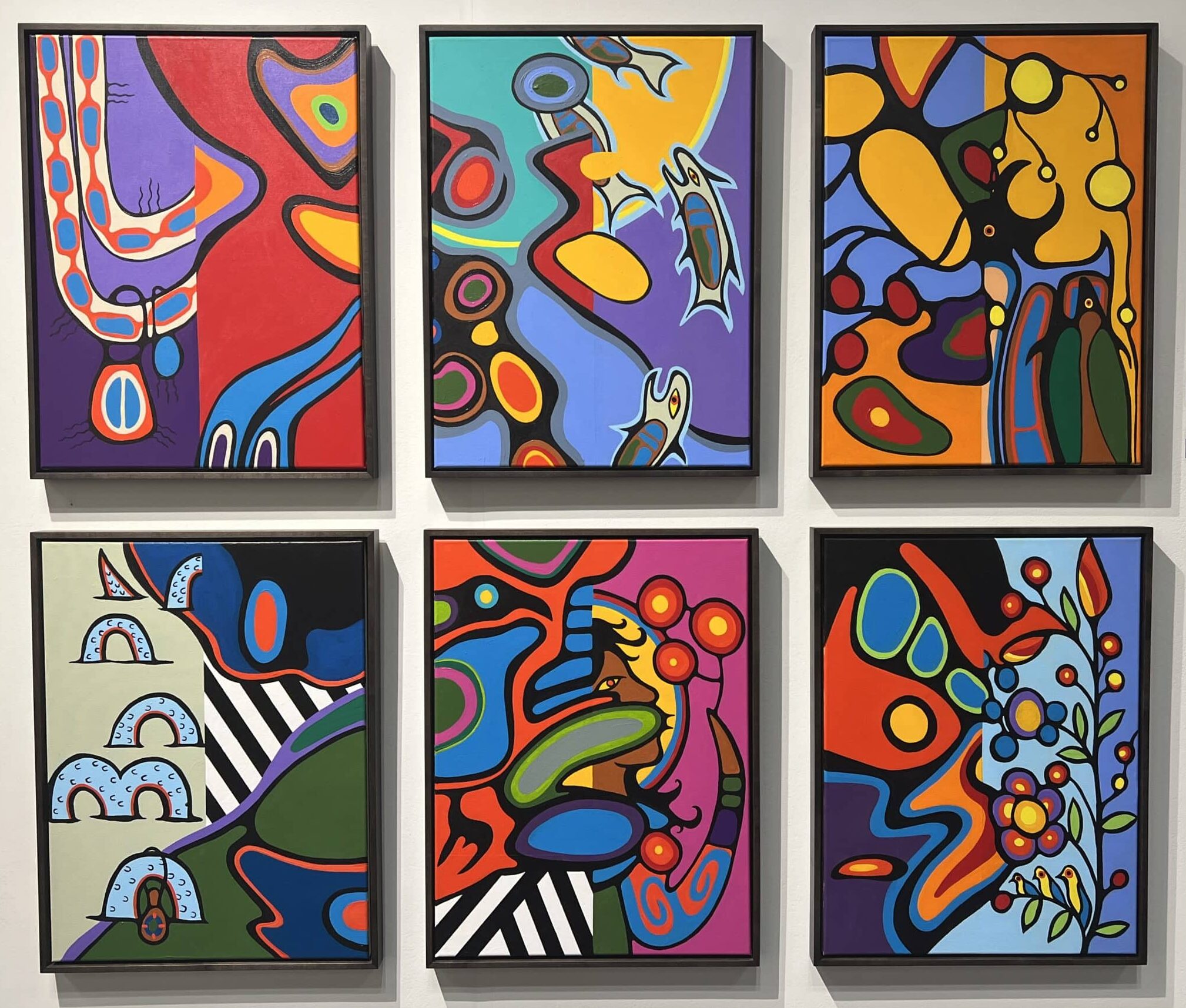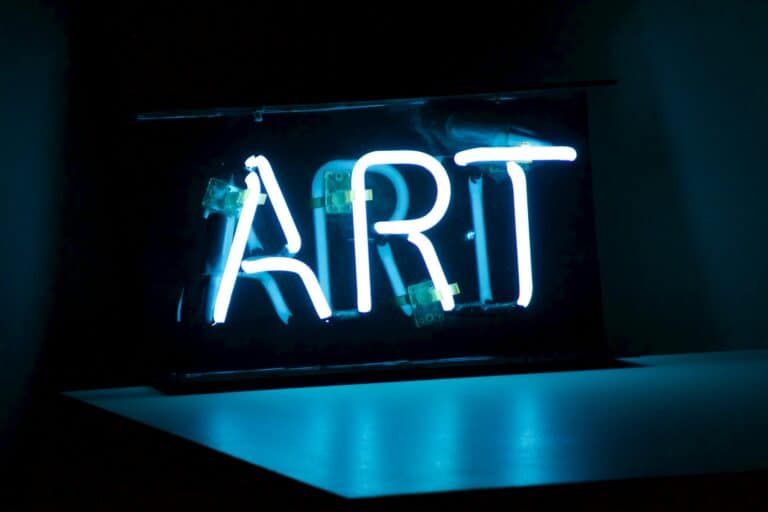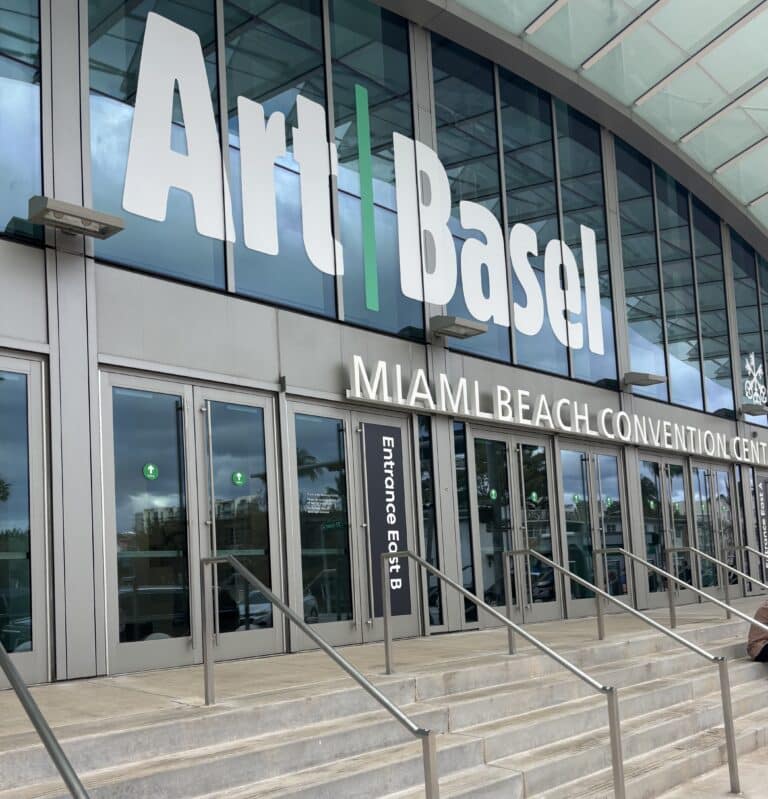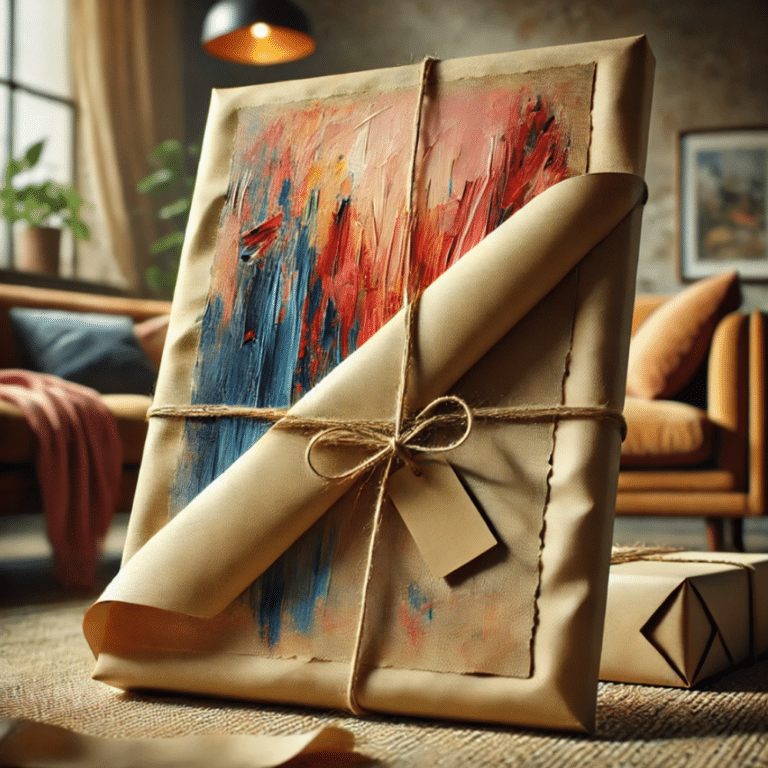The Armory Show is perhaps one of the most well-known and historic art fairs in New York City. This year’s rendition, which ran from September 6th to 8th, took place yet again at the spacious Javits Center by Hudson Yards.
While the fair itself has been going on for years now, the 2024 iteration was subject to special attention (and perhaps scrutiny) after the multinational company Frieze, a modern and contemporary art platform based in London, took ownership. Certainly, a part of the Armory’s appeal in the past was its reputation as a trailblazer in predicting and showcasing future trends in the art market. However, given the saturation of art fairs in this day and age, one wonders how to truly stand out as an event like this.
All of this being said, the fair boasted over 200 exhibitors, spanning galleries from more than 30 countries. Such an expansive selection of displays contributed to both the allure and shortcomings of the showcase. While it offered a diverse range of styles, mediums, and representations, all at the disposal of the perusing eye, it also detracted from the potential to exhibit anything that truly stood out in its own right.
At times, I found myself both overstimulated and bored, with each booth blurring into the next. Perhaps art fairs like the Armory are best enjoyed when one goes in not with the intention of discovering something “new.” Perhaps, in an age when pursuits of novelty have ironically become cliché, it is best to instead appreciate the diverse modes of artmaking that are taking place globally and locally.
With all of this in mind, here are some of my personal standouts from the Armory Show 2024.
Nara Roesler
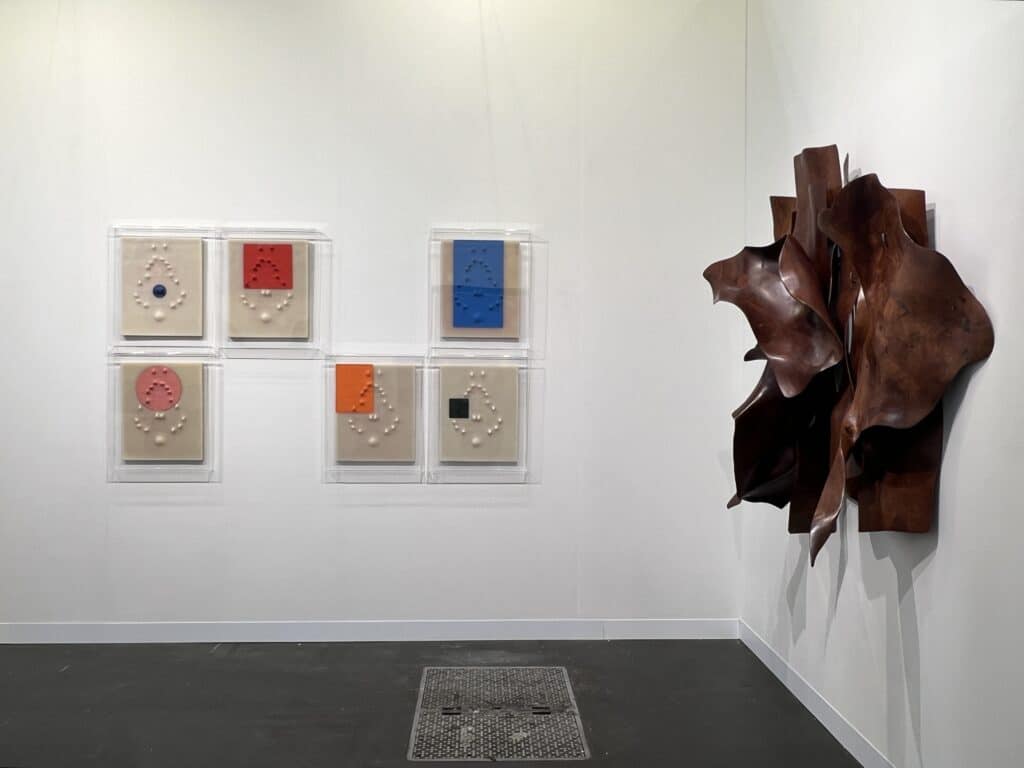
One of my favorite booths at the Armory happened to be right by the entrance to the fair. Nara Roesler delicately blends the representational with the abstract, the material with the immaterial, and the old with the new. She carefully compliments each counterpart without merging them completely.
Sculptor Marcelo Silveira’s dimensional, organic form might seem completely different from fellow artist Carlito Carvalhosa’s minimalistic six-frame series; however, not only are the two alike in materiality—both made of wood and beeswax—but they also share a vested, subtle interest in malleability and imaginations of light, color, and craft.
SPURS Gallery

SPURS Gallery is a Beijing contemporary art organization that notably draws from avant-garde movements that emerged following the historic Cultural Revolution. Their display at the Armory Show reflects this continued homage to development, which builds upon such legacies of the past by invigorating them with the pioneering spirit of the present.
At the SPURS booth, one sees a mix of old and new mediums and narratives, with a particular emphasis on young artists and their unconventional takes on themes of digitization, self-referentiality, and the canon.
Blade Study

Blade Study has been on my radar ever since its memorable exhibit at the NADA art fair earlier this year, and their tongue-in-cheek presentation at the fall art fair did not disappoint. Their humorous exhibition design not only confronts, as opposed to shrugs off, the elitist conceptions associated with such “high art” events but is also a work of art in and of itself, one thoughtfully designed by artist Paige K. B.
When paired with her other similarly stimulating works, one perceives the space as not merely a booth but as a stage filled with satire and expressionism.
Patel Brown
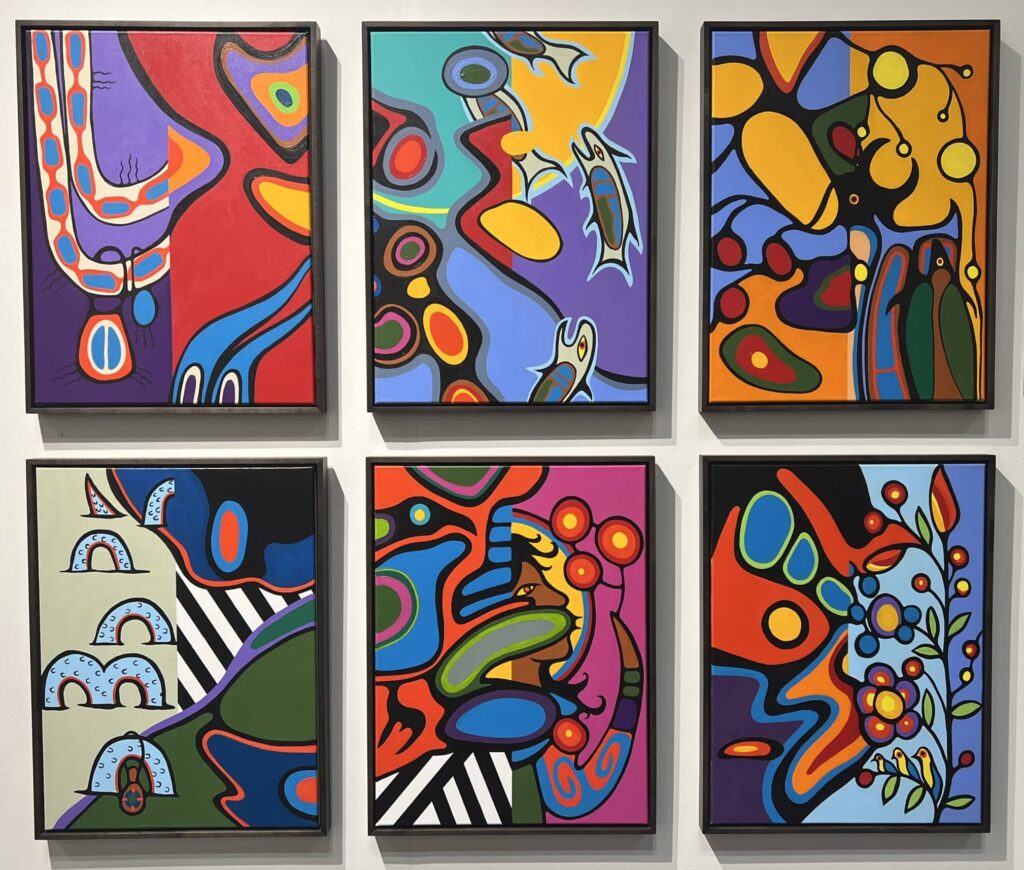
Canadian gallery Patel Brown presented new works by Native Art Department International, a stunning performance of color, composition, and symbolism. Yet, what lies beneath such vibrancy is a thoughtful unraveling on notions of identity and tradition in the contemporary world. How does the self transform among the collective? What forces are at play when culture interacts with globalization? These are the messages posed to us through striking diptych portraits and abstracted landscapes.
Ultimately, the Armory Show did what it came to do. Nothing more, nothing less. For the few days it took over Hudson Yards, the normally empty Javits Center transformed into a bustling hub for galleries, collectors, and all passersby in between. While it was not the most innovative nor life-changing fair, there were definitely still treasures to be found and art to be appreciated.
While I may not have been in awe of all there was to see, I was nonetheless excited and intrigued by the vast variety of creativity shared globally and accumulated, all within the four walls of the convention center that weekend. Perhaps this excitement for all things creative is all we need to continue feeling optimistic about the future world of artmaking to come.
